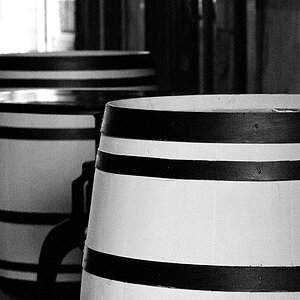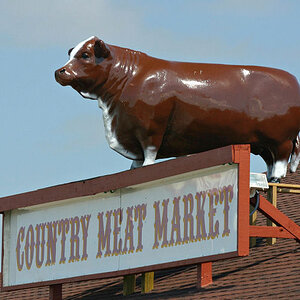skieur
TPF Noob!
- Joined
- May 14, 2007
- Messages
- 5,071
- Reaction score
- 204
- Location
- Canada
- Can others edit my Photos
- Photos OK to edit
If you don't have these visual and editing skills yet, then I would doubt that there is much advantage to using RAW.
Fair enough. But if you're improving as a photographer, and you intend to improve further still in the future, then I'd predict there will come a day when you'll finally "get it". At that point, you'll start looking back over all those photos you've taken and wish you had RAW files for them.
One of the reasons I shoot RAW is that I can't go back and re-shoot some stuff, but I sure can go back and re-process photos.
The point however is that some experienced photographers have NO reason to go back and re-process photos. Moreover if you are shooting public relations or journalistic work, then getting the shot...speed...smaller files are more important and those smaller files are jpeg. If you are good at what you do, then major editing corrections should not be necessary. If you are super picky, then you can still edit in 16 bit and/or use software filters to adjust colour and detail without losing quality.
RAW is just a tool or additional feature to be be used when appropriate, but it is certainly not the answer for all shooting.



![[No title]](/data/xfmg/thumbnail/31/31509-b8abaec96e6e375688e269bc89f47652.jpg?1619734858)
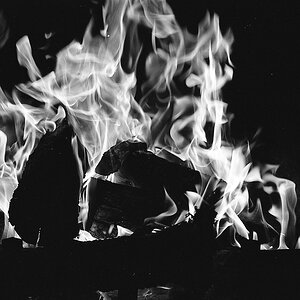
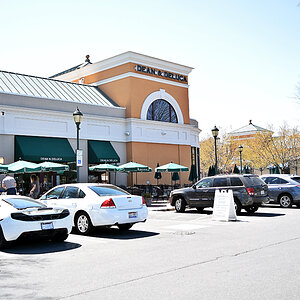
![[No title]](/data/xfmg/thumbnail/32/32160-4e45e524b050f1afae9fd21bf696d61b.jpg?1619735234)
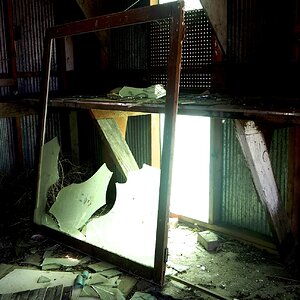
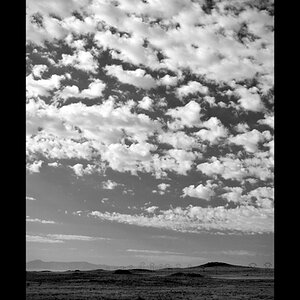
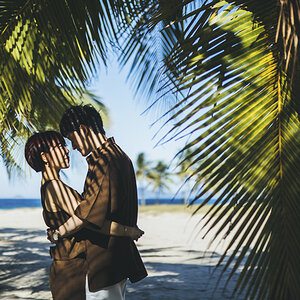
![[No title]](/data/xfmg/thumbnail/37/37616-5e9d06af384cf745ad31a513e49183a9.jpg?1619738151)
![[No title]](/data/xfmg/thumbnail/37/37615-78a9bdab877c191919a156f901325ee1.jpg?1619738151)
